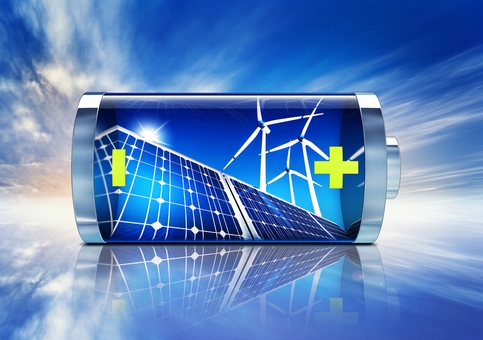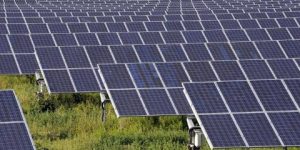ICTpost Energy Bureau

India has targeted doubling its renewable energy capacity to 55,000 MW, from nearly 27,000. Renewables contribute about 12.5 percent of India’s energy, the report by the New and Renewable Energy Ministry shows. As coal and gas shortages and populist tariff regimes hobble the performance of thermal power stations, renewable energy players want to tap the sector’s potential in a growing but energy-starved economy.
Most individuals are attracted to solar due to the ability to generate power from the sun and the relative independence this provides them. The seemingly obvious benefit of being able to produce power absent of the electricity and natural gas infrastructure overcomes the limitation that the device simply can’t operate once the sun fades into night. This is a limitation most owners readily accept because of the belief that no matter the manner of disruption, as long as the sun is shining, an owner of solar would be able to at least produce power at some point of the day.
The margins on renewable energy are lower, at around 12 percent to 18 percent versus about 20 percent to 30 percent in the thermal sector, but in renewable energy it is a more predictable performance and a predictable return. Rules stipulating that India’s 28 states must source a certain part of their energy from renewables have not been properly enforced. Electricity tariffs paid by states can also be too low for companies to make money.
Problems with acquiring land for projects, poorly enforced government policies, and a race to the bottom in bidding for solar projects are a drag on renewables growth.
Grid-resilient solar
Resilience means the ability of the power grid to withstand natural disasters and other attacks (think computer hacking or terrorism), as well as faster restoration after outages. Resilience also means withstanding disturbances and fluctuations on the grid caused by solar power, wind turbines, and even electric vehicle chargers.
With the help of resilience grids, the needed services can be provided during a natural disaster that knocks out portions of the electric grid. These critical services include food, water, shelter, heating and cooling, medical and emergency services, communications, and fueling. Facilities that can provide these services include community buildings, schools, supermarkets, gas stations, cell towers, and hospitals, among others.
As the cost of solar systems continues to decline and adoption rapidly increases, efforts are being made to extract greater value from the systems. The cumulative installed base of PV in India is increasing, and is growing even faster for residential systems.As most home owners do not install the necessary components to make their solar systems grid resilient, it has been estimated that most of the homes with solar that lost power due to the storm were unable to use the generated solar power during the outage. An inconvenience for short-term outages, but for some home owners the outage lasted 4-5 days, leaving them to only gaze at their solar panels on their roofs while their homes sat without the power to run even their basic loads.
Think of how crucial electricity is to most people’s daily life — everything from charging your cell phone to downloading email on your laptop while working at home. A more resilient grid is an insurance policy to protect us.
And it’s worth a lot. Even if this estimate is high, buying a more resilient power grid through investments in the smart grid is likely to pay for itself many times over.







